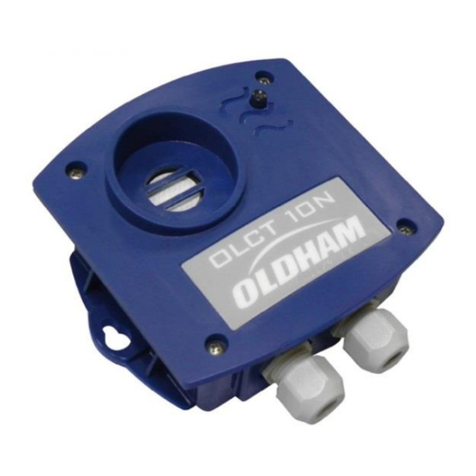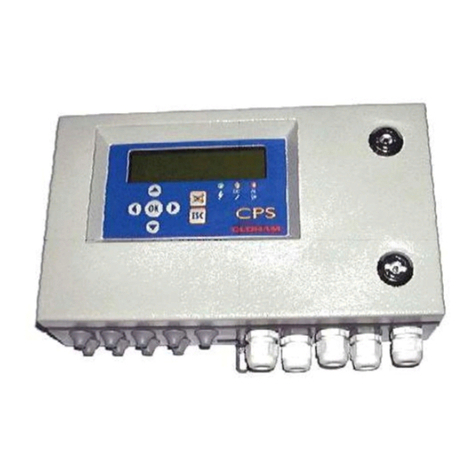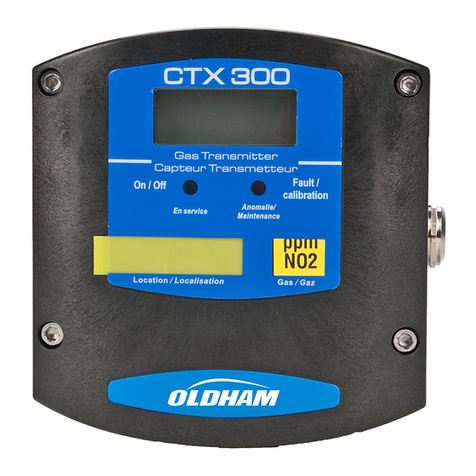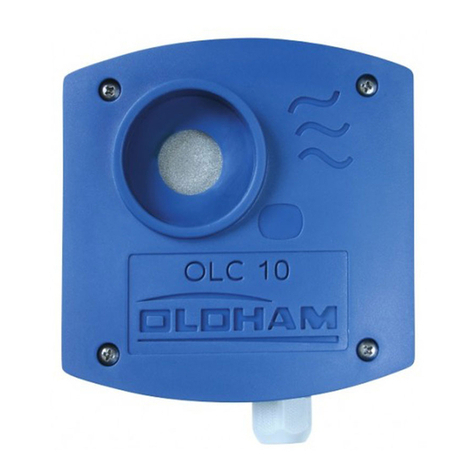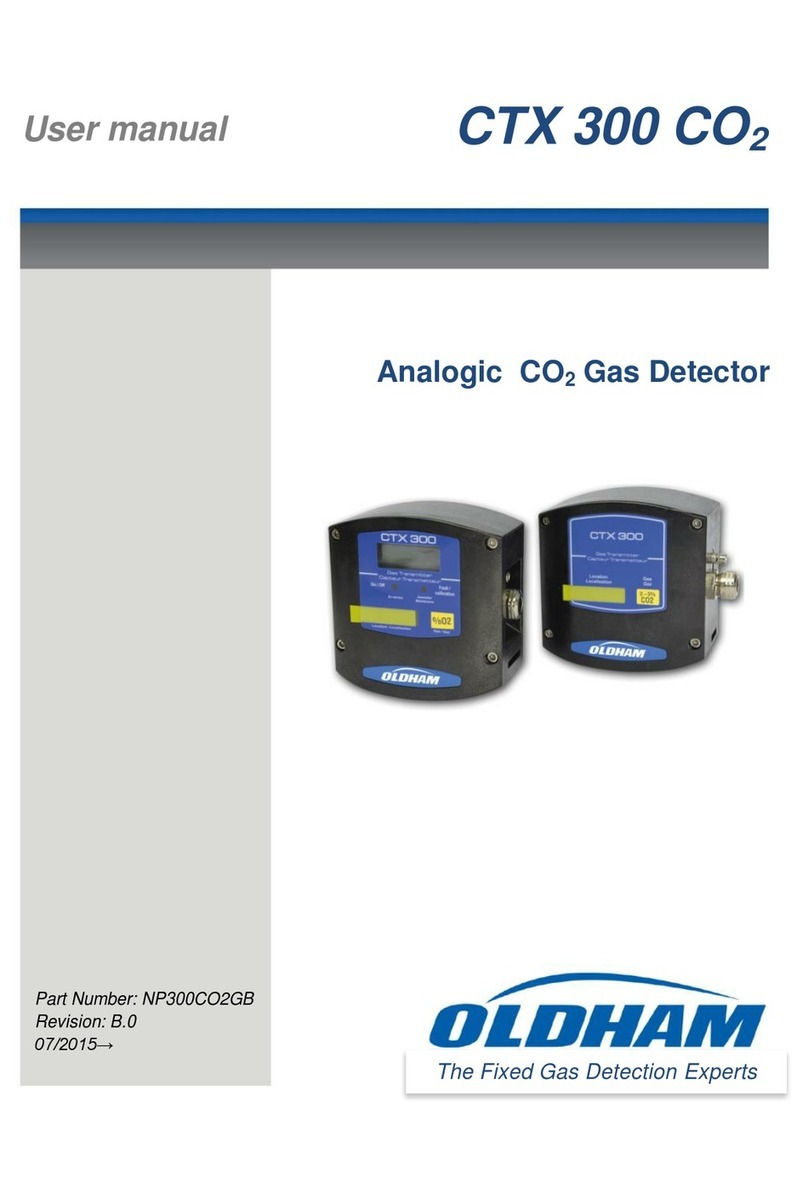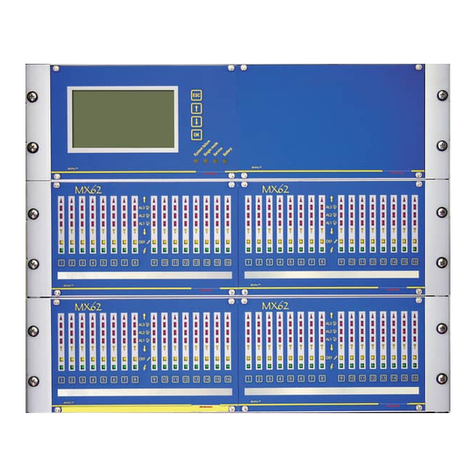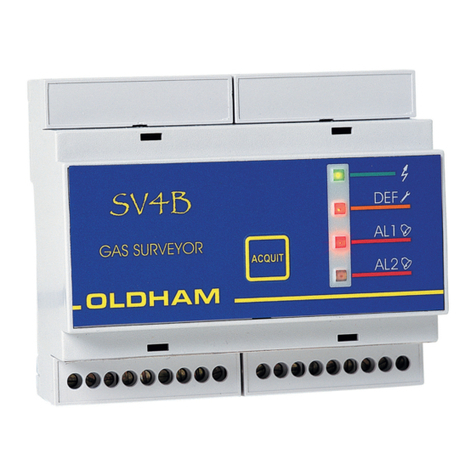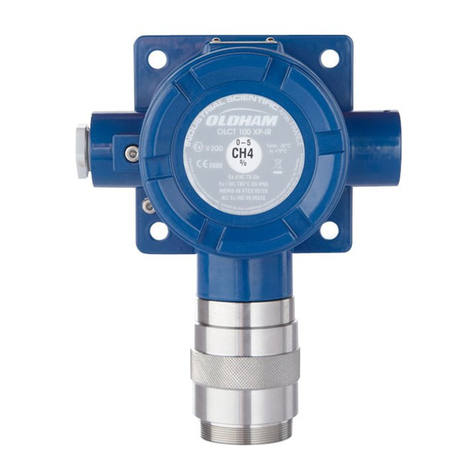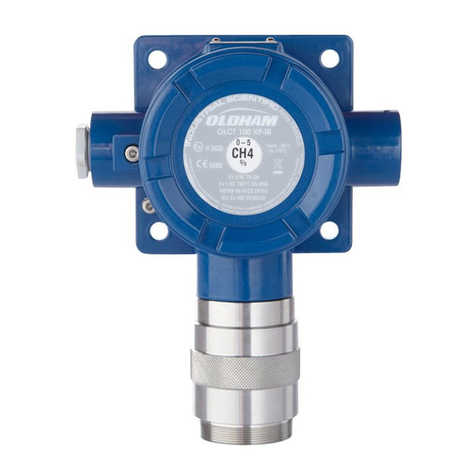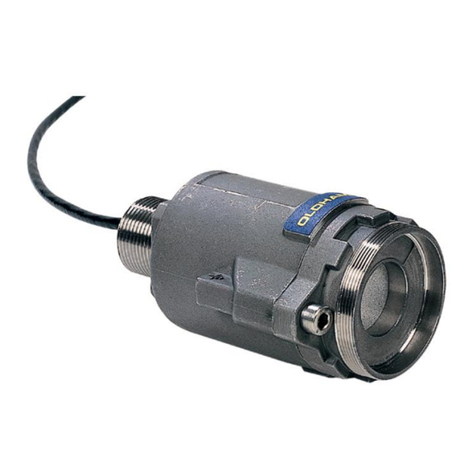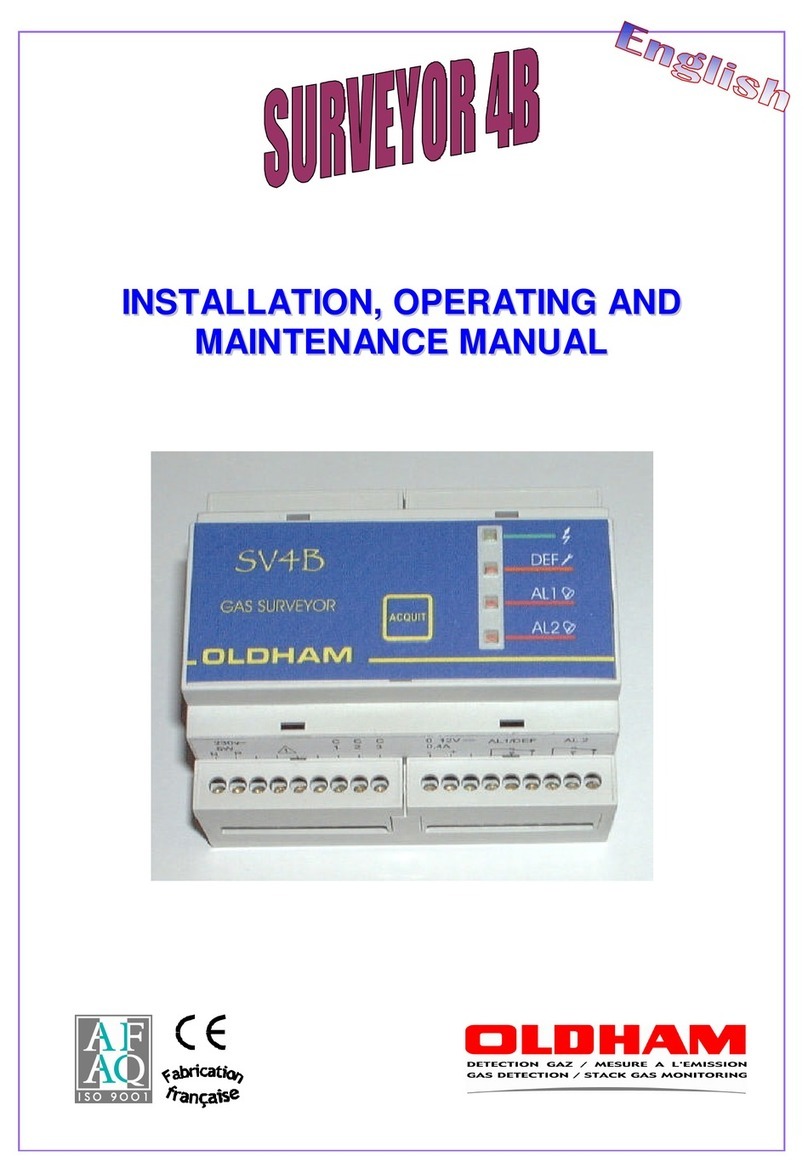
Contents
Chapter 1 | Presentation.........................................................7
Purpose......................................................................................................7
Operating principle.....................................................................................7
Composition of the detector.......................................................................8
Internal elements........................................................................................9
Identifiers..................................................................................................10
Chapter 2 | Ranges ...............................................................11
OLC 100 and OLCT 100 ranges..............................................................11
Chapter 3 | Installation .........................................................13
Regulations and conditions of use...........................................................13
Necessary equipment ..............................................................................13
Electrical power supply ............................................................................14
Location of the detector............................................................................14
Detector positioning .................................................................................14
Connector cable.......................................................................................15
Cable connection .....................................................................................16
Chapter 4 | Calibration..........................................................21
Necessary equipment ..............................................................................21
Commissioning.........................................................................................21
Stabilization time......................................................................................22
Calibrating the OLC 100...........................................................................23
Calibrating the OLCT 100 ........................................................................25
Chapter 5 | Preventive maintenance....................................31
Frequency of maintenance ......................................................................31
Actions......................................................................................................32
Chapter 6 | Maintenance.......................................................33
Opening the cover....................................................................................33
Checking the current generator ...............................................................34
Possible errors .........................................................................................35
Replacing sensor block............................................................................37
